New research in Physical Review Letters (PRL) has proposed a novel method to detect light dark matter candidates using laser interferometry to measure the oscillatory electric fields generated by these candidates.
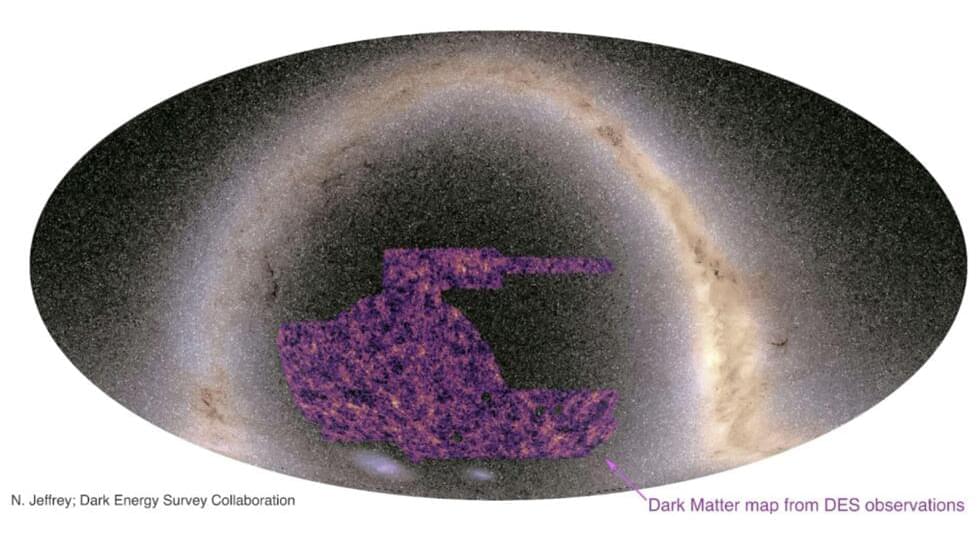

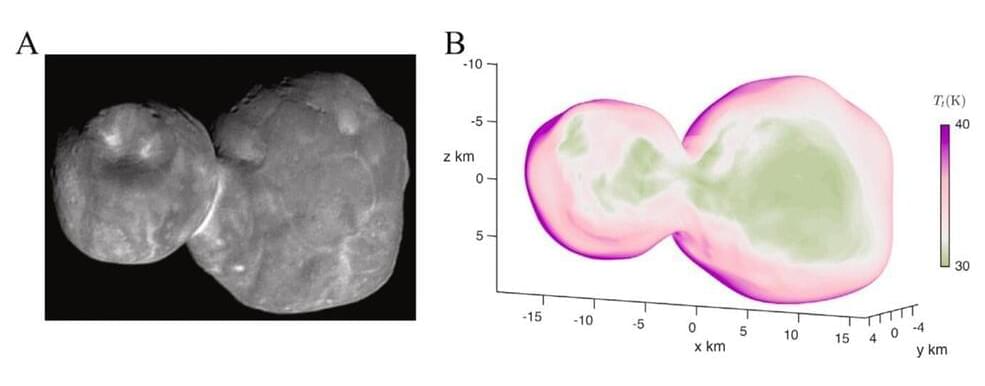
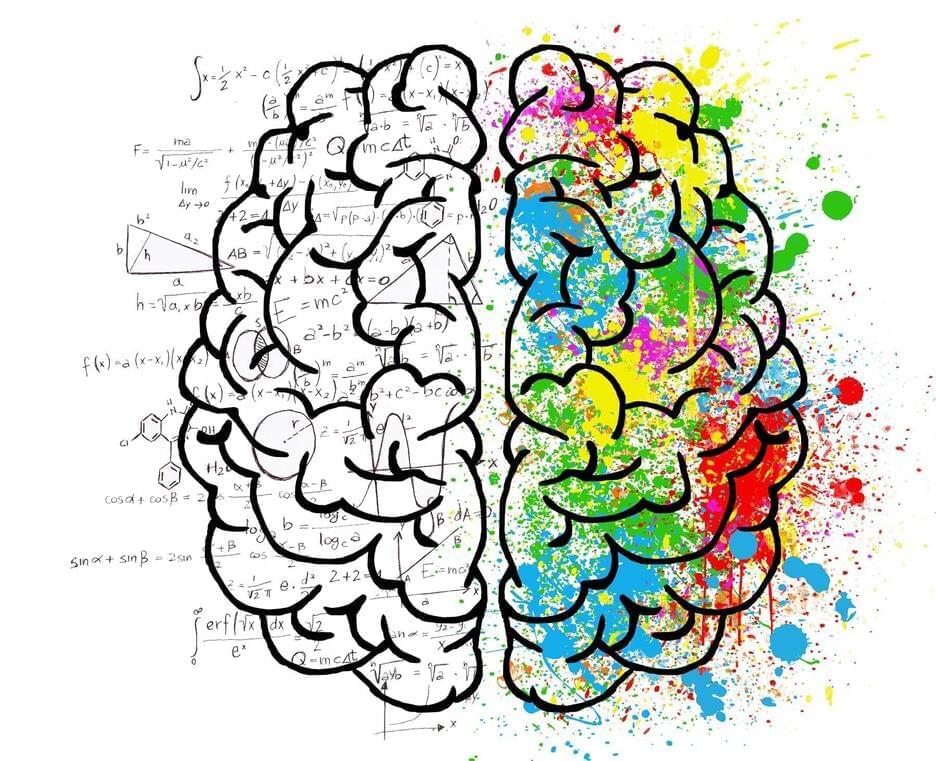
A rigorous analysis of numerous studies concludes that a part of the brain traditionally associated with movement is abnormal in children with developmental language impairments, according to Georgetown University Medical Center neuroscientists. The discovery has the potential to improve both the diagnosis and treatment of the language difficulties.
The researchers investigated brain abnormalities in developmental language disorder. This condition, which impacts the development of various aspects of language, is about as common as attention-deficit/hyperactivity disorder (ADHD) and dyslexia, and more prevalent than autism. The scientists found that abnormalities occurred specifically in the anterior neostriatum within the basal ganglia, a structure found deep in the brain.
They describe their findings in Nature Human Behaviour on March 15.

India is walking back on a recent AI advisory after receiving criticism from many local and global entrepreneurs and investors.
The Ministry of Electronics and IT shared an updated AI advisory with industry stakeholders on Friday that no longer asked them to take the government approval before launching or deploying an AI model to users in the South Asian market.
Under the revised guidelines, firms are instead advised to label under-tested and unreliable AI models to inform users of their potential fallibility or unreliability.

Scientists at Ames National Laboratory have revealed the first unconventional superconductor with a chemical composition naturally found in the Earth’s crust. Named “miassite,” this mineral joins a rare league of only four natural substances capable of exhibiting superconductivity under laboratory conditions.
According to the research team’s study published in the journal Communication Materials, the discovery holds promise for future advancements in sustainable and cost-effective technologies.
Mercedes-Benz has officially employed humanoid robots to complete manual tasks on its assembly line. Apptronik’s Apollo robot will complete simple tasks like fetching and carrying, helping lighten the load for its human colleagues.
Announced on Friday, March 15, the robots will also be employed to complete other “low skill” tasks like basic assembly. This will free up human workers to focus on more important tasks and reduce the risk of repetitive strain injuries and other health and safety issues related to manual tasks.
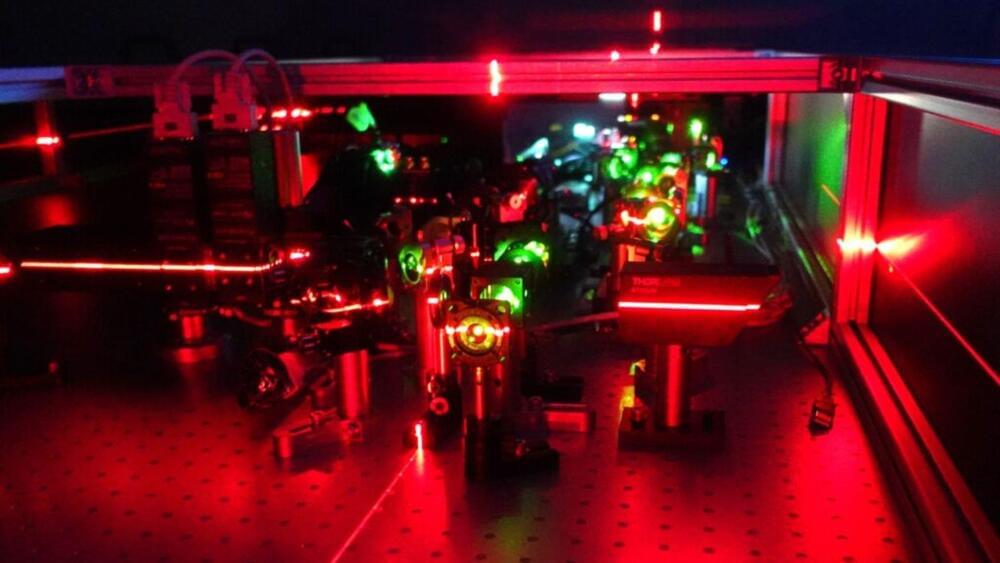


Duke researchers find limits of energy absorption in transparent materials.
Researchers at Duke University in the US have determined the theoretical limits of how much electromagnetic energy a transparent material can absorb. This can help researchers optimize device designs in the future, but it has also ended a 20-year wait for a mathematical solution to the problem.
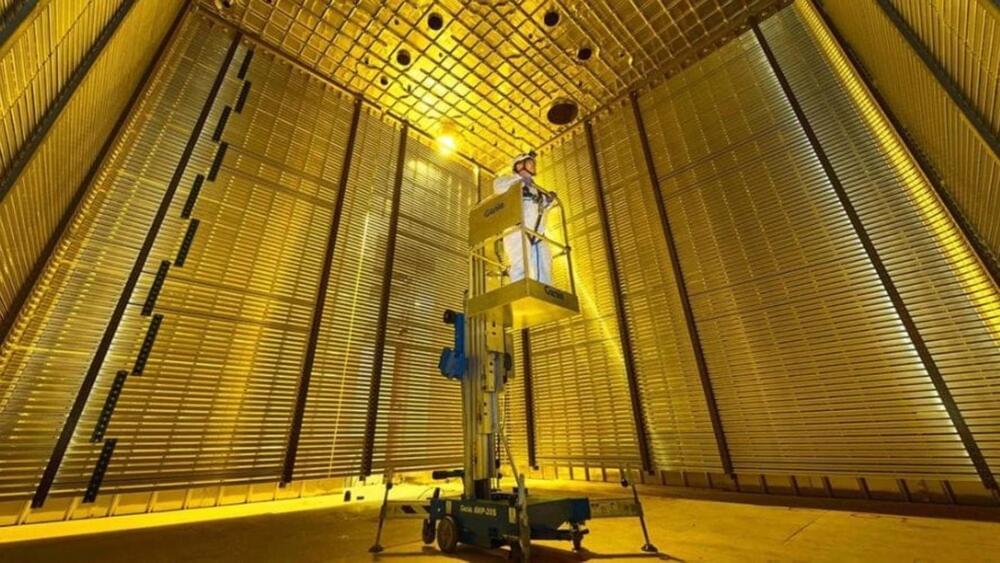
Scientists are eager to tackle perplexing questions using DUNE, such as the mystery of why the universe is made of matter and how black holes arise from exploding stars.
Moreover, they want to understand the potential connections between neutrinos, dark matter, and other yet-to-be-discovered particles.
These caverns will soon be home to four large neutrino detectors, each the size of a seven-story building.